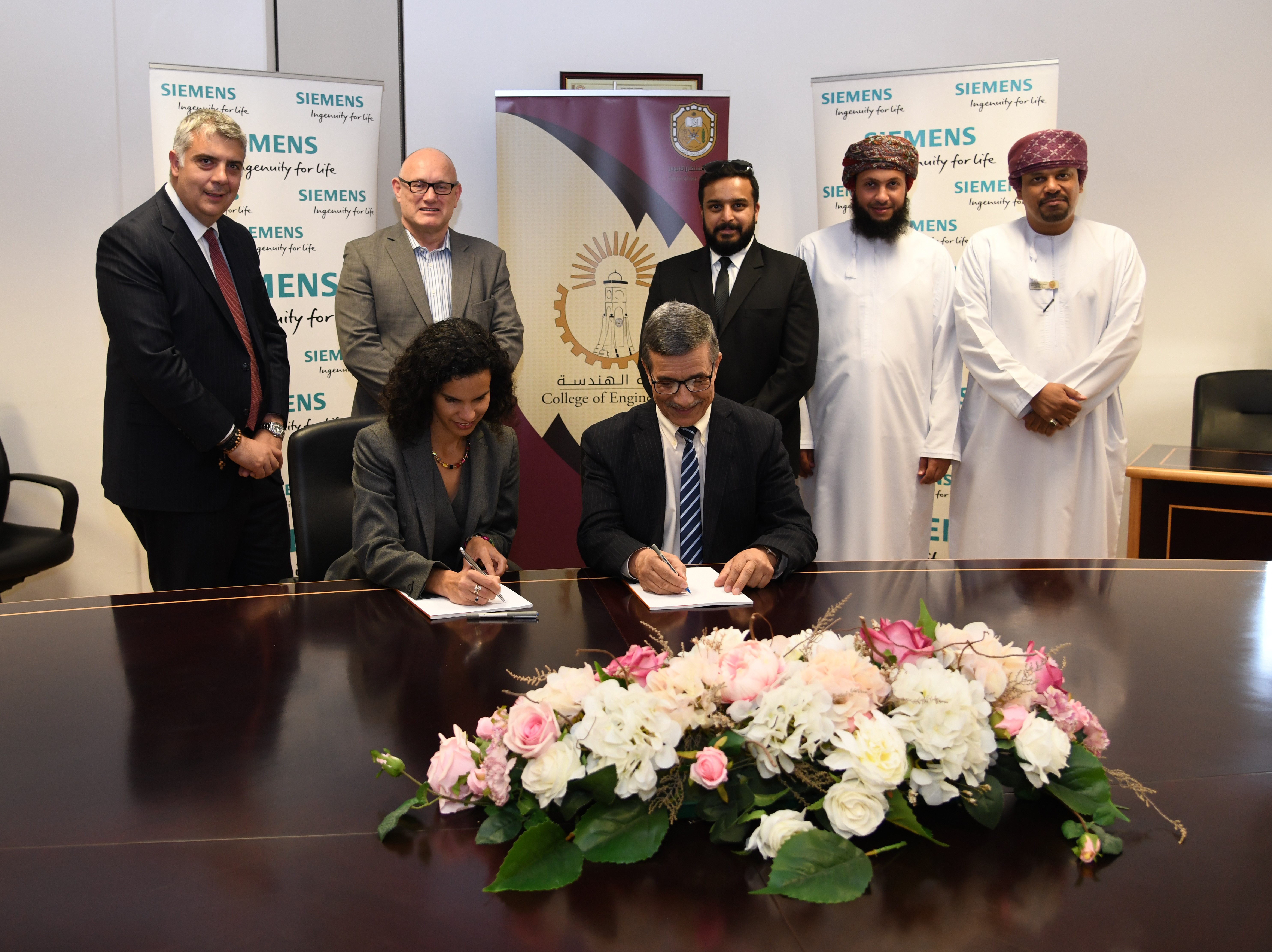
Muscat: A new power grid that converts solar and wind energy to electricity will be installed at Sultan Qaboos University, helping it reduce its reliance on conventional energy sources and bringing down costs.
The microgrid will also be used to teach the importance of alternative energy to engineering students at SQU, with any excess electricity generated by it stored in batteries on-site.
Microgrids are transforming traditional electric supply systems. Renewable energy sources like solar and wind, coupled with more stable and intuitive grid automation and control solutions, are giving rise to localised grids that can operate autonomously.
This allows campuses, industries, or remote areas to operate their own grids, and can also accelerate the emergence of prosumers – or consumers who generate a surplus of energy and sell it in the microgrid or to the main grid, if it’s connected.
Industry giant Siemens will provide equipment and software for the microgrid, which is the first deployment of the technology for Siemens in the Middle East, and is the company’s first contribution in a new cooperation agreement with the university.
“The College of Engineering at SQU has worked jointly with Siemens to establish this important cooperation for industrial knowledge transfer through specialised workshops, research and development opportunities, capacity building and students’ training with a field work know-how,” said Dr Bourdoucen Hadj, the former dean of the college.
“The current dean, Dr Nabeel Al Rawahi, strongly supports the collaboration as it will benefit the college staff and students and will be an excellent addition to teaching and research activities at SQU,” he added.
Microgrids are expected to expand in Oman and across the Middle East. Some rural areas in Oman, for example, use small diesel generators to power communities. More renewable power capacity, along with stable, reliable and efficient microgrids can help these rural areas phase out some diesel power plants.
Campuses, military bases, islands and industrial zones can also benefit from microgrids, which provide reliable, stable and sustainable power supply. Siemens signed a cooperation agreement with SQU’s College of Engineering earlier this year. The agreement formalises an existing relationship with SQU, and includes seminars with Siemens experts, summer internships, knowledge exchange activities and the contribution of the microgrid lab.
“This project demonstrates Siemens’ commitment to Omani society by advancing knowledge of nationals in the Sultanate’s top university, while exemplifying integration of renewables in the energy mix and grid modernisation,” said Claudia Vergueiro Massei, the CEO of Siemens in Oman. “We are proud to serve society, and to contribute to clean energy and to an energy efficient future in Oman.”
Siemens will revamp the existing microgrid setup in the Smart Grid and Protection Lab at the department of Electrical and Computer Engineering by adding smart grid features to it. This means that the grid – connecting renewable energy sources with battery capacity – will have intelligent control algorithms optimising power production, storage and consumption in real-time.
The project is the third phase of developing the Smart Grid and Protection Lab and is financed by Siemens and The Research Council. With Siemens smart grid features, students will be able to simulate different situations and monitor the grid behaviour through a control panel.
Microgrids are transforming traditional electric supply systems. Renewable energy sources like solar and wind, coupled with more stable and intuitive grid automation and control solutions, are giving rise to localised grids that can operate autonomously. This allows campuses, industries, or remote areas to operate their own grids, and can also accelerate the emergence of prosumers – or consumers who generate a surplus of energy and sell it in the microgrid or to the main grid, if it’s connected.